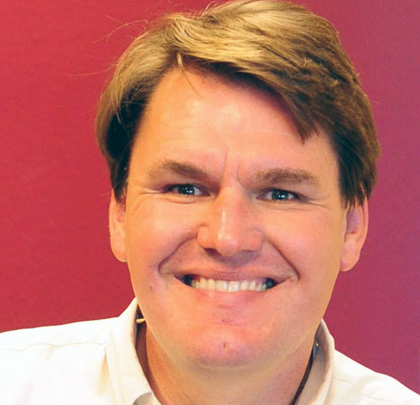Trey Walters is the president of Applied Flow Technology (AFT), a pioneer in pipe flow modeling software. From municipal facilities to power plants to processing to dewatering and mining, fluid engineers rely on AFT’s software to map out complicated problems and test new designs. Modern Pumping Today sat down with Mr. Walters to discuss how AFT meets their clients’ ever-changing and increasingly complex demands.
Modern Pumping Today: Applied Flow Technology has been creating pipe flow modeling software for over twenty years. How has fluid flow analysis software improved from its origins?
Trey Walters: If you go back twenty-plus years, the landscape of computing environments was in flux. Back then, every time I changed classes at the university or changed jobs, I had to re-learn how to copy a file and re-learn a new text editor. As a result, most engineering software at the time was written in portable languages like FORTRAN. And the user interface was poor to non-existent.
However, AFT was a pioneer in this area. When AFT Fathom 1.0 was released in April 1994, it was the first graphical, drag-and-drop software for pipe flow modeling in Microsoft Windows. Since that time, fluid flow analysis has improved in many ways. One example is greater integration with other software tools like Excel and Adobe Acrobat. Second is evolved graphical interfaces that are more capable and more user friendly. Third is integration of technical topics and support through the Internet. Fourth is more technical features for addressing pumps such as VFD modeling, impeller trimming, NPSH evaluation, pump system curve generation, and many more.
MPT: What new uses are available for your products?
Trey Walters: Emerging ASME codes that apply to waterhammer are creating demand for tools like our AFT Impulse software. The growing trend in sustainability is creating demand to consider energy consumption from rotating equipment. Our AFT Fathom evaluates this for pumps and our AFT Arrow software does it for fans and compressors. The growing demand for raw materials is leading to expansion of mining operations and a need to deal with not only traditional fluids like raw water but slurry transport. A few years ago we created an add-on module to AFT Fathom that addresses settling slurries.
MPT: What benefits does pipe flow modeling hold for the power industry? For oil and gas production? For mining and dewatering?
Trey Walters: Many of the domestic power plants are aging—both fossil and nuclear. There is a trend towards life extension. Our products can help power companies comply with requirements in this area. Many of the new plants have a lot of piping that needs to be sized and our products help engineers do that.
In the oil and gas sector, there are many new production sites from traditional oil drilling as well as tar sands (in Canada) and shale. All of these products need to be transported once they are at the surface. The piping used to transport these products needs to be sized and properly matched with pumps and compressors, as well as checked for operational integrity of pressure extremes. Our products help engineers do this.
In the mining and dewatering sector, engineers are frequently dealing with slurry transport. Traditionally this is an area with very crude and overly conservative calculation tools. Our software products use the most modern calculation methods for this, allowing companies to design transport pipelines more effectively and efficiently.
MPT: What role does offering technical seminars play in your approach to your software?
Trey Walters: Our technical seminars apply our software in a learning environment but also touch on a lot of areas that are fundamental fluid dynamics. So we impart both software knowledge and fluid knowledge. Whenever we can we like to have our software developers teach seminars so they can see how users apply our software. This helps us understand customer needs better and gives us many ideas on how to improve our products.
MPT: What are some of the more common concerns your clients turn to you for solutions? How does this influence your development into the next generation of modeling?
Trey Walters: Safety. Reliability. Sustainability. Efficiency. Economics.
We pay attention to codes and standards as well as industry guidelines and add features that help our customers address these issues. For example, several years ago we made cost calculation of pump, fan and compressor energy usage a standard feature in our products. So engineers can put in simple or complicated rate structures and estimate the energy consumed by different pumps, fans and compressors combined with different systems—in order to design more efficient systems. ■
_________________________________________________________________________
MODERN PUMPING TODAY, April 2013
Did you enjoy this article?
Subscribe to the FREE Digital Edition of Modern Pumping Today Magazine!
![]()


